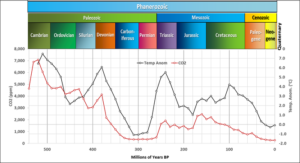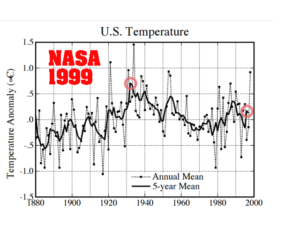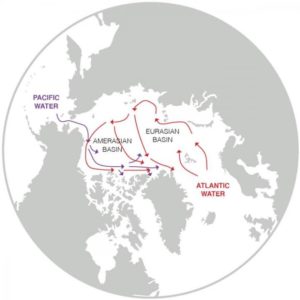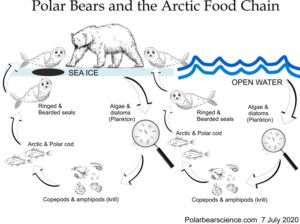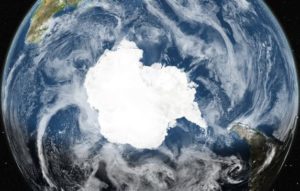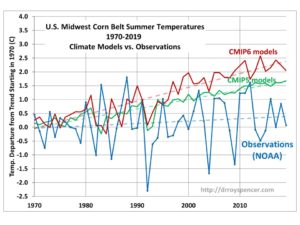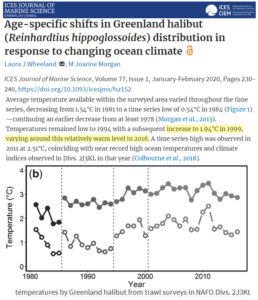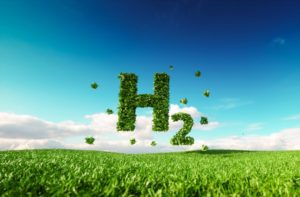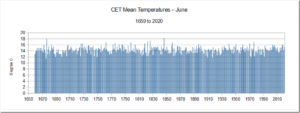by Jim Steele, July 14, 2020 in WUWT
(I wrote a white paper for the CO2 Coalition, providing more details and references to peer reviewed science regards how marine life counteracts ocean acidification. That paper can be downloaded here )
Search the internet for “acid oceans” and you’ll find millions of articles suggesting the oceans are becoming more corrosive due the burning of fossil fuels, and “acid oceans” are threatening marine life. Although climate modelers constantly claim the oceans’ surface pH has dropped since the 1800s, that change was never measured, as the concept of pH was not created until the early 1900s by beer-makers.
In 2003 Stanford’s Dr. Ken Caldeira coined the term “ocean acidification” to generate public concern about increasing CO2 . As New Yorker journalist Elizabeth Kolbert reported, “Caldeira told me that he had chosen the term ‘ocean acidification’ quite deliberately for its shock value. Seawater is naturally alkaline, with a pH ranging from 7.8 to 8.5—a pH of 7 is neutral—which means that, for now, at least, the oceans are still a long way from actually turning acidic.” Nonetheless Caldeira’s term “ocean acidification” evoked such undue fears and misunderstandings, we are constantly bombarded with catastrophic media hype and misdiagnosed causes of natural change.
For example, for nearly a decade the media has hyped the 2006-2008 die-off of larval oysters in hatcheries along Washington and Oregon. They called it a crisis caused by rising atmospheric CO2 and the only solution was to stop burning fossil fuels. But it was an understanding of natural pH changes that provided the correct solutions. Subsurface waters at a few hundred meters depth naturally contain greater concentrations CO2 and nutrients and a lower pH than surface waters. Changes in the winds and currents periodically bring those waters to the surface in a process called upwelling. Upwelling promotes a burst of life but also lowers the surface water pH. Not fully aware of all the CO2 dynamics, the hatcheries had made 3 mistakes.
…


